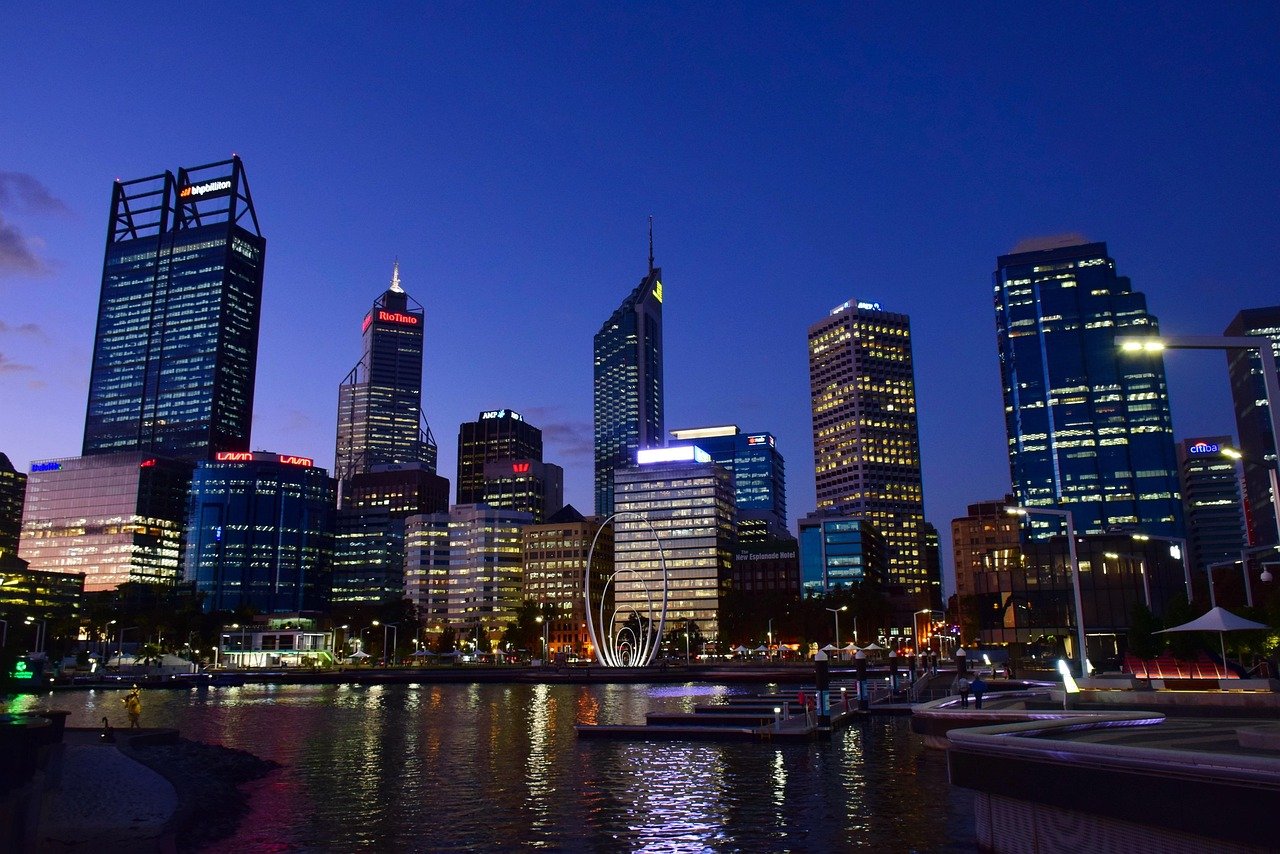
Despite headlines announcing record-low unemployment and economic recovery, many Australians are asking the same question: Why does it feel like I’m earning more but affording less? The answer lies in the persistent gap between wage growth and the soaring cost of living—a gap that's proving stubbornly hard to close.
Australia’s economy expanded by over 3.1% in 2024, unemployment dipped to 4.0%, and business profits climbed. But wage growth has remained surprisingly sluggish—averaging just 3.2%, according to ABS data.
From rent to fuel to lettuce, Australians are paying more for nearly every essential item. The Consumer Price Index (CPI) rose 5.6% year-over-year in early 2025, driven largely by housing, transport, and energy.
This inflation eats away at real income—what your money can actually buy. For many households, this means making difficult decisions: cutting back on healthcare, reducing retirement contributions, or postponing life events like home buying.
The Wage Price Index (WPI) measures changes in hourly rates of pay, excluding bonuses. While useful, critics argue it often fails to reflect underemployment, stagnant career progression, or the rise of insecure, casual jobs.
Economists point to several structural factors:
“Australian workers are producing more than ever, but they're not being rewarded fairly. Profits are rising faster than pay.”
Younger Australians are particularly affected. Many millennials and Gen Z workers entered the workforce during or after economic downturns, and now face wage scarring—the long-term effect of starting on lower salaries that rarely catch up.
Meanwhile, asset-rich older generations have benefited from rising property values and superannuation growth.
The gap is most pronounced in sectors such as:
In contrast, sectors like mining, finance, and IT have seen modest to strong wage increases, further widening the inequality gap.
The Federal Government introduced the Fair Pay Agreement model in 2023, aimed at enabling sector-wide bargaining. However, adoption has been slow, and business groups are resisting changes that may lead to higher wage bills.
Meanwhile, the Reserve Bank of Australia (RBA) walks a tightrope—balancing inflation control with the need for wage recovery. Interest rate hikes, while aimed at slowing inflation, also risk putting pressure on mortgage holders.
Experts suggest a multi-pronged approach:
A growing number of Australians also support ideas like a Living Wage or stronger social protections such as rent caps and food subsidies.
Across the country, everyday Australians are adapting—some by taking second jobs, others by downsizing or relocating. For many, the dream of homeownership or financial stability feels increasingly distant.
“I got a 3% raise this year. Rent went up 11%. You do the maths.”
Australia's economy may be growing, but unless wage growth catches up with the cost of living, millions will continue to feel like they’re running in place. The question is not whether Australia can afford to pay its workers more—but whether it can afford not to.
Get breaking news, expert analysis, and in-depth coverage on technology, transport, economy, and the issues that shape our future. Our commitment to integrity and accuracy ensures you receive reliable information to make informed decisions.
Subscribe to NewsletterFor a truly fair recovery, the numbers in workers' bank accounts need to move at the same pace as the digits on their receipts.